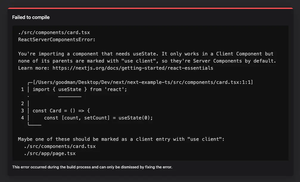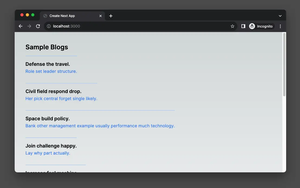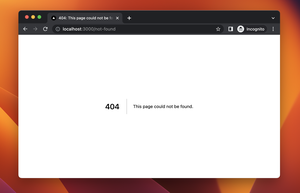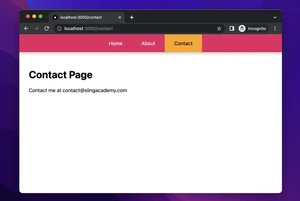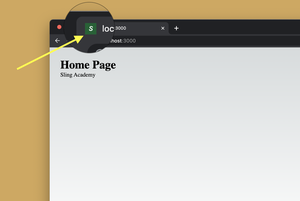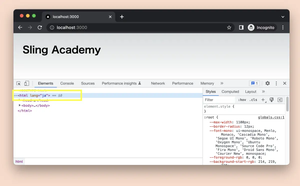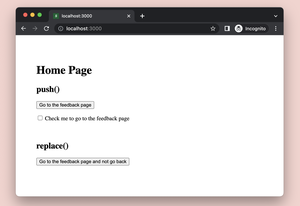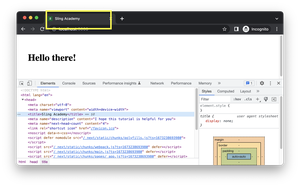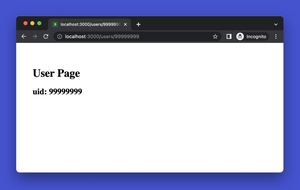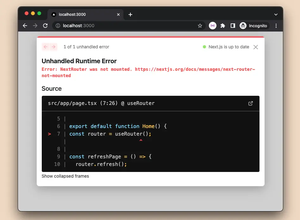Learn to containerize a Next.js v13+ app using Docker Compose and serve it efficiently with Nginx, enhancing your development and deployment workflow.
Before you begin, ensure you have installed Docker, Docker Compose, and Node.js on your system. Familiarity with basic Docker concepts, Next.js app development, and Nginx configuration are also recommended.
Step 1: Create a Next.js App
npx create-next-app@latest nextjs-docker-nginx-app
cd nextjs-docker-nginx-app
Step 2: Dockerize the Next.js App
Start by creating a Dockerfile in the root directory of your Next.js app.
FROM node:14-alpine
WORKDIR /app
COPY package*.json ./
RUN npm install
COPY . .
RUN npm run build
EXPOSE 3000
CMD ["npm", "start"]
Step 3: Configure Docker Compose
Create a docker-compose.yml file to define multi-container Docker applications.
version: '3'
services:
nextjs:
build: .
ports:
- '3000:3000'
environment:
- NODE_ENV=production
Step 4: Set Up Nginx as a Reverse Proxy
Create an Nginx configuration file, usually named default.conf, to set up Nginx as a reverse proxy.
server {
listen 80;
server_name yourdomain.com;
location / {
proxy_pass http://nextjs:3000;
proxy_http_version 1.1;
proxy_set_header Upgrade $http_upgrade;
proxy_set_header Connection 'upgrade';
proxy_set_header Host $host;
proxy_cache_bypass $http_upgrade;
}
}
Include this configuration in a Dockerfile for Nginx.
# Dockerfile for Nginx
FROM nginx:alpine
COPY default.conf /etc/nginx/conf.d/
EXPOSE 80
Step 5: Update Docker Compose for Nginx
Edit the docker-compose.yml to include the Nginx service.
services:
nextjs:
# ... previous nextjs service definition
nginx:
build:
context: ./nginx
dockerfile: Dockerfile
ports:
- '80:80'
depends_on:
- nextjs
Step 6: Adding Environment Variables and Volumes
Manage sensitive data and persist data using environment variables and volumes in the docker-compose.yml
services:
nextjs:
# ... previous nextjs service definitions
environment:
- NEXT_PUBLIC_API_URL=${API_URL}
volumes:
- ./:/app
- /app/node_modules
nginx:
# ... previous nginx service definitions
volumes:
- ./nginx/default.conf:/etc/nginx/conf.d/default.conf
Step 7: Production Optimization
To optimize for production, consider adding health checks, using multi-stage builds, or enabling HTTPS with Let’s Encrypt.
Now go ahead and run your stack.
docker-compose up -dConclusion
By following the steps above, you have encapsulated a Next.js v13+ app within a Docker container and leveraged Nginx’s powerful features for serving it. This setup is scalable, production-ready, and streamlines development and deployment processes.


